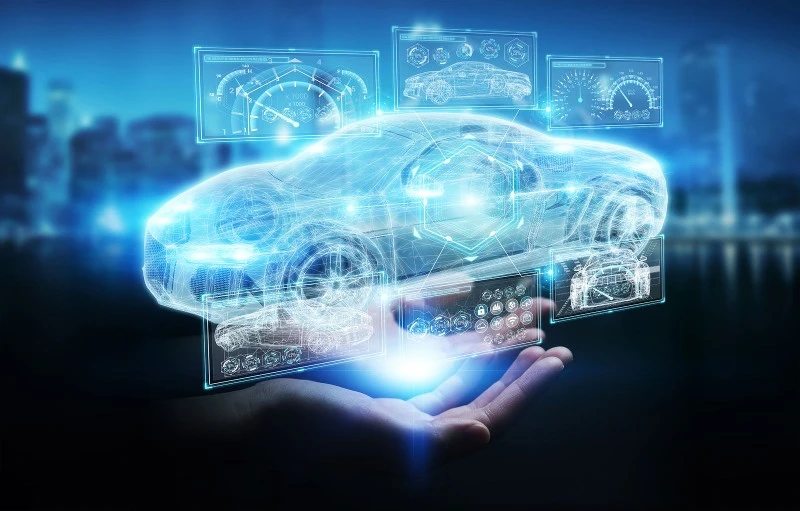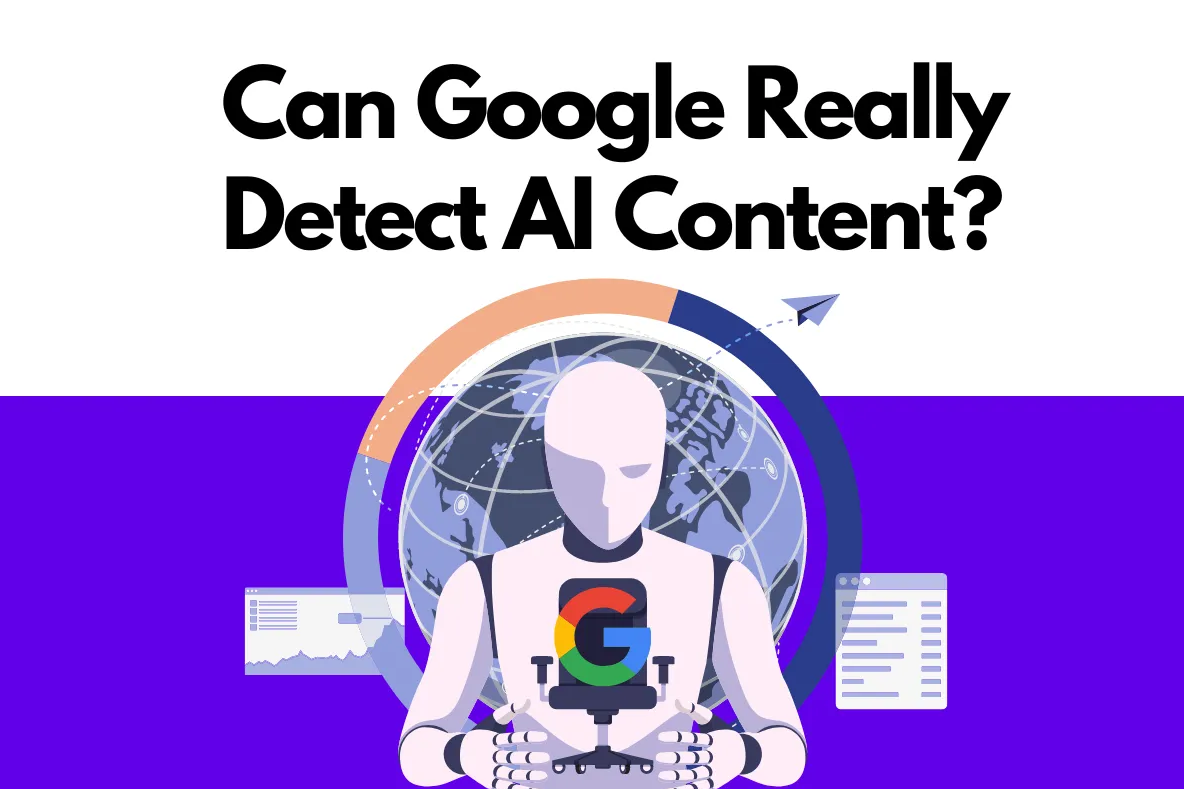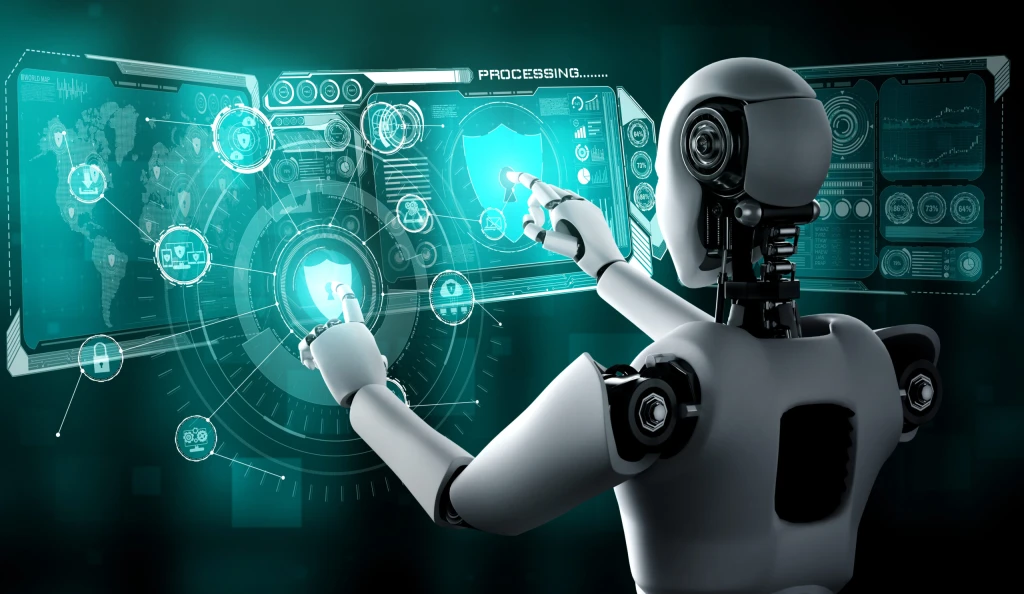Test AI on YOUR Website in 60 Seconds
See how our AI instantly analyzes your website and creates a personalized chatbot - without registration. Just enter your URL and watch it work!
1- Introduction: The Road to AI-Powered Mobility
But the road to autonomy is not without challenges - While AI has proven its ability to navigate city streets and highways, ensuring safety, reliability, and regulatory approval remains a complex hurdle - This blog explores how AI powers autonomous vehicles, the benefits they offer, the obstacles they must overcome, and how soon we can expect a driverless future.

2- How AI Powers Autonomous Vehicles
2.1- The Core AI Technologies Behind Autonomous Vehicles
Machine Learning (ML): AI learns from vast amounts of driving data to predict and respond to different road scenarios.
Computer Vision: Cameras and AI-powered algorithms recognize traffic signs, pedestrians, lane markings, and other vehicles.
Sensor Fusion: AI integrates data from LIDAR (Light Detection and Ranging), RADAR, GPS, and ultrasonic sensors to create an accurate real-time map of the surroundings.
Neural Networks: These systems help AI process complex driving situations, such as merging into traffic or identifying obstacles in poor weather conditions.
2.2- How AI Processes Real-Time Data
AI in self-driving cars must make split-second decisions:
Detecting a pedestrian crossing and deciding whether to stop.
Identifying and responding to unpredictable driver behavior.
Adjusting speed and direction based on road conditions and traffic flow.
2.3- AI in Smart Traffic Management
AI is also being used beyond individual cars to optimize entire transportation networks:
Adaptive traffic signals that adjust in real-time based on congestion.
Vehicle-to-vehicle (V2V) and vehicle-to-infrastructure (V2I) communication that helps cars exchange data for safer navigation.
AI-powered traffic monitoring to prevent bottlenecks and reduce accidents.
3- The Benefits of AI in Autonomous Vehicles
3.1- Improved Road Safety
90% of accidents are caused by human error – AI can significantly reduce fatalities by eliminating distracted, impaired, and reckless driving.
AI-powered vehicles can react faster than human drivers, avoiding collisions in split seconds.
3.2- Reduced Traffic Congestion
AI-driven traffic management and optimized routing help reduce gridlock.
Autonomous ride-sharing could cut down the number of vehicles on the road, reducing emissions and energy consumption.
3.3- Eco-Friendly Transportation
AI-powered electric autonomous vehicles (EVs) reduce fuel consumption and carbon footprints.
Self-driving fleets could lead to more efficient logistics, minimizing wasted fuel.
3.4- Increased Accessibility
Autonomous vehicles can offer mobility to the elderly, disabled, or those unable to drive.
AI-powered taxis and shared transport solutions can make urban mobility more convenient and affordable.
4- Challenges and Ethical Concerns
4.1- AI Decision-Making in Accidents
How should an AI decide in a life-threatening scenario?
Who is responsible in case of an accident—the car manufacturer, the software developer, or the passenger?
4.2- Regulatory and Legal Barriers
Most countries lack clear laws for fully autonomous vehicles.
Governments must ensure AI driving meets safety and ethical standards before widespread adoption.
4.3- Public Trust and Adoption
Many people remain skeptical about self-driving technology.
AI must prove itself safe and reliable through continued testing and refinement.
5- The Future of Autonomous Vehicles
Autonomous vehicles are classified into five levels:
Level 1: Driver assistance (e.g., adaptive cruise control).
Level 2: Partial automation (e.g., Tesla Autopilot, requiring driver supervision).
Level 3: Conditional automation (AI can drive but needs human intervention in complex situations).
Level 4: High automation (fully self-driving in controlled conditions).
Level 5: Full automation (no human intervention needed in any condition).
Most vehicles today operate at Level 2 or 3, with full autonomy (Level 5) expected within the next 10-20 years.
5.2- AI in Public Transportation and Logistics
Autonomous buses and shuttles are already being tested in major cities.
AI-powered trucking and self-driving delivery vehicles are poised to transform logistics and e-commerce.
5.3- When Will Self-Driving Cars Be Common?
Experts predict that fully autonomous vehicles will be widely available by 2040, but widespread adoption depends on technology, regulation, and public acceptance.
6- Conclusion: The Road Ahead for AI in Transportation
As we stand on the edge of this AI-powered transportation era, one key question remains: How long until we fully trust AI to take the wheel?






